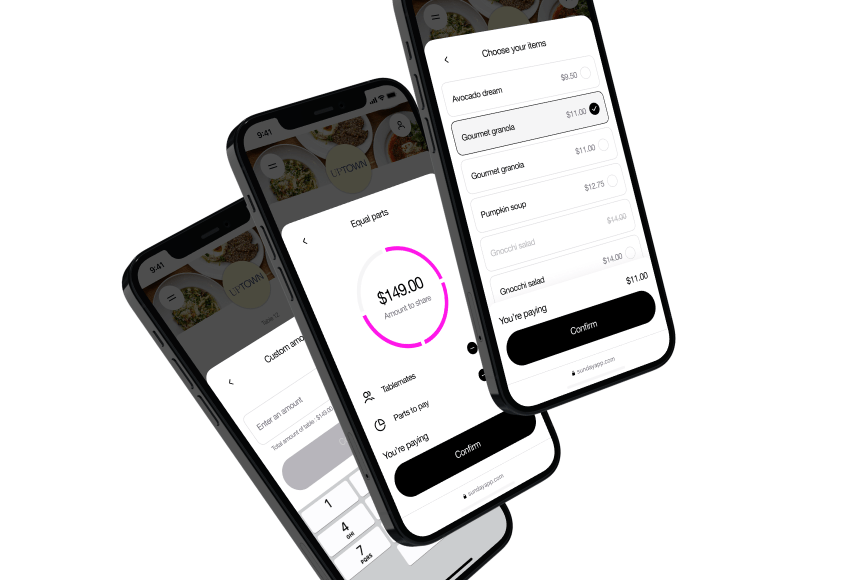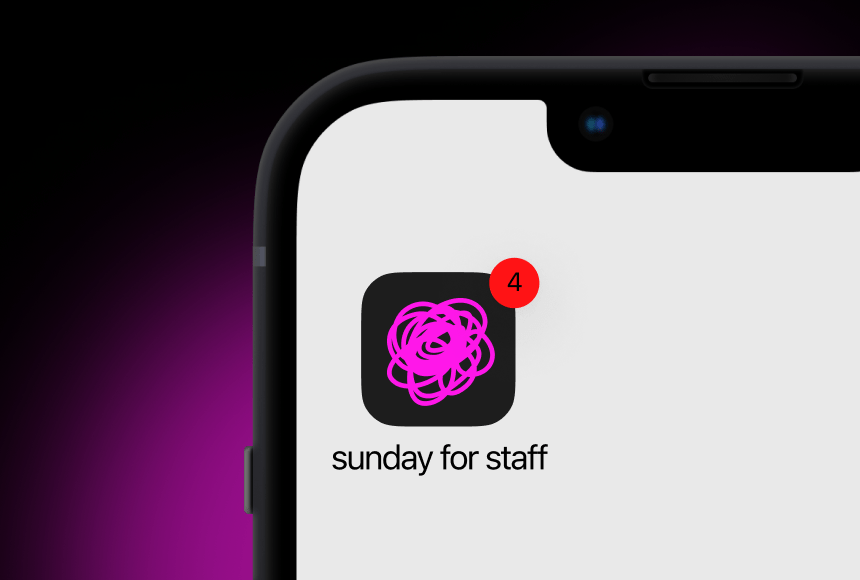
How to Elevate Your Digital Image and Bring More Diners Through the Door
A customer walks into your restaurant, enthusiastic about your new seasonal special. Before they even open the menu, they’ve likely checked your star rating on Google or read a couple of Yelp reviews. That’s the reality of the restaurant business in the United States today: your online reputation stands as a virtual “front door” to your establishment. Studies show that 84% of consumers trust online reviews as much as personal recommendations (source: BrightLocal, 2023). For restaurant owners, that means a subpar digital image can deter potential guests before you ever have the chance to wow them with your great service or signature dishes.
Below, let’s look at the best practices to sharpen your online reputation, turning curious browsers into loyal guests. These tips come from real-world experience and industry insights, aiming to provide you with practical strategies to boost ratings, engage customers, and enhance your bottom line. From quick wins like using an integrated payment solution that encourages reviews to long-term initiatives like staff training and targeted marketing, these steps can help you regain control of your digital presence.
Building a strong online reputation isn’t about silencing unhappy customers; it’s about creating a community that sees your restaurant as a place worth visiting again and again.
Why Online Reputation Matters More Than Ever
Restaurants have always relied on word-of-mouth buzz. But now, word-of-mouth has expanded to star ratings, comment sections, and social media mentions. Today’s diners discover new places through quick Google searches or scanning top lists on Yelp and TripAdvisor. If your establishment’s rating is below four stars—or if recent feedback isn’t visible—some diners will choose a competitor without a second thought.
- Standing Out in Local Searches
The better your reviews and ratings, the more likely you’ll rank prominently in local searches. This higher visibility can mean the difference between a packed dining room and empty tables during peak hours. - Establishing Trust
A positive digital footprint suggests that your team consistently delivers good food, friendly service, and overall value. In an industry as saturated as dining, that baseline of trust can nudge guests to book a table or walk in. - Boosting Revenue
Research by Harvard Business School found that a one-star increase in Yelp rating can correlate with a 5–9% revenue increase. While your secret recipes are important, your star ratings and online reviews can quietly drive the success of your restaurant.
Encouraging Reviews From Happy Diners
One of the quickest ways to elevate your online reputation is to gather authentic, positive reviews. Even diners who have a wonderful experience may forget to share it unless it’s straightforward to do so. That’s why it’s crucial to provide simple, user-friendly ways for guests to leave feedback.
- Ask at the Peak Moment
Right after a meal is typically when customers feel most satisfied—assuming their experience was good. Train your staff or managers to say, “We’re so glad you enjoyed your meal. If you have a moment, we’d truly appreciate your feedback online.” A gentle, genuine prompt can go a long way. - Offer Multiple Platforms
Some diners prefer to leave reviews on Google, others on Yelp, and some on TripAdvisor or Facebook. By offering a quick link or QR code that leads to multiple options, you reduce friction and help diners post where they’re most comfortable. - Integrate Payment and Feedback
Using a solution such as sunday streamlines payments through a QR code and can prompt diners for a Google review immediately after they settle the bill. Capturing people at that moment of satisfaction—before they leave the table—can significantly boost your volume of positive reviews.
Responding to Feedback—Even the Bad Kind
No matter how great your food or service may be, negative reviews are inevitable. The key is addressing them in a professional and constructive manner. Studies by ReviewTrackers (2022) indicate that 53% of people expect a business to respond to negative reviews within a week—yet many restaurants miss that window entirely.
- Stay Calm and Respectful
A heated or defensive reply often does more harm than good. Instead, thank the reviewer for their feedback, apologize if something truly went wrong, and outline steps you’ll take to fix the issue. You’re not just talking to one unhappy diner—you’re signaling to all future readers how you handle adversity. - Offer an Olive Branch
If the complaint is about slow service or a mix-up with the order, consider inviting them back for a second chance. This could be a complimentary dessert or a small discount to show goodwill. Many times, a polite “let us make it right” message can sway someone’s perspective from anger to appreciation. - Use Criticism for Growth
Negative feedback can highlight real operational issues—like consistently long waits or issues with cleanliness. By addressing the root cause, you not only salvage your reputation but improve your restaurant for future guests.
Showcasing Your Brand Personality
Diners aren’t just looking for a meal; they’re seeking an experience. By using your online channels to reflect your brand’s character, you can forge stronger connections.
- Behind-the-Scenes Content
People love seeing a restaurant’s inner workings. Sharing a short clip of your chef selecting fresh produce or your bakery staff kneading dough can humanize your brand. It can also reassure guests about the quality and care behind each dish. - Spotlighting Staff
Highlight the friendly faces behind the service. Maybe your head barista is a latte-art champion, or you have a sous chef who grows their own herbs. Let them tell their story online—through photos or short interviews—and give diners something personal to connect with. - Social Media Engagement
Interact with patrons who tag you in their posts. A simple “Thanks for visiting—your photo looks fantastic!” can encourage other customers to do the same. This can organically build a library of user-generated content that bolsters your online reputation.
Keeping Information Accurate and Up-to-Date
Few things irritate a potential guest more than outdated information. Imagine a diner showing up for brunch, only to learn you no longer serve it—or calling a phone number that’s no longer active. These small but significant oversights create frustration that can quickly turn into negative feedback.
- Maintain Google Business Profile
Make sure your hours, phone number, and address are accurate, and update them if you have holiday closures or schedule shifts. This platform is often the first point of contact between a hungry diner and your restaurant. - Review Menus on Multiple Platforms
If you’ve introduced new dishes or changed prices, reflect that across all online listings. Take note of any third-party delivery apps or reservation platforms and keep the details consistent. - Announce Special Events or Seasonal Updates
If you’re hosting a live music night or rolling out a special menu for the holidays, let people know! Post updates on social media and ensure event details are visible on your website.
Managing Your Team for a Stellar Guest Experience
Your restaurant’s reputation hinges on day-to-day interactions between staff and customers. Encouraging a culture of friendliness, efficiency, and professionalism can lead to better reviews organically—no heavy-handed marketing needed.
- Empower Employees to Resolve Issues
Train your team to handle small hiccups before they spiral into bigger problems. If a steak is undercooked, the server should have the authority to correct it quickly. A swift, empathetic resolution can turn a potential one-star review into a five-star story of excellent service. - Promote Product Knowledge
Well-informed staff can recommend dishes with confidence, suggest wine pairings, or guide diners with dietary needs. That expertise often lands in reviews, as customers appreciate feeling guided through the menu. - Regular Training Sessions
With restaurant turnover rates traditionally high, scheduling routine training sessions can keep everyone on the same page. Topics might include new menu items, upselling techniques, or digital etiquette for responding to reviews.
Enhancing the Last Impression: Smooth Payment and Farewell
A guest’s final moments in your restaurant can color the entire experience. A drawn-out checkout process or confusion about splitting the bill can overshadow an otherwise stellar meal. Here, technology can be your ally.
- Streamlined Checkout
An efficient solution like sunday allows diners to pay via QR code—no more waiting for the server to bring the bill back. This frictionless process often results in happier patrons, better tips, and, ultimately, higher overall ratings. - Personal Farewell
Encourage servers or hosts to thank the guests personally at the door. A warm goodbye reaffirms your appreciation and leaves a memorable, positive note. - Invitation to Return
As they leave, you might say, “We’d love to see you again soon—feel free to let us know how you enjoyed everything.” This light, genuine invitation keeps the door open for a future visit and potential review.
Leveraging Data to Continuously Improve
Once you’ve set up a solid reputation management process, you’ll likely receive a steady flow of online feedback. Don’t let it gather dust. Turn that data into insights you can act on.
- Identify Patterns
Maybe customers rave about your dessert menu or mention that the music is too loud during dinner hours. By spotting recurring themes, you can refine offerings, ambiance, or staff procedures. - Celebrate Wins
If staff members consistently earn praise for their attentiveness or if a particular dish is a runaway favorite, highlight those successes internally. Morale goes up, and the entire team stays motivated to maintain high standards. - Review Goals Quarterly
Consider setting targets like “Reach a 4.5-star rating on Google” or “Increase total reviews by 30%.” Assess your progress every few months and adjust strategies accordingly—whether it’s fine-tuning your social media approach or improving back-of-house operations.
Looking to the Future: Reputation as a Growth Tool
Think of your restaurant’s digital image as an extension of your everyday hospitality. The goal isn’t just to avoid bad press—it’s to craft a public persona that matches the warmth, quality, and uniqueness you bring to every plate. By actively managing reviews, communicating your brand identity, and harnessing easy-to-use tools such as sunday, you’re laying the groundwork for a trustworthy online presence that attracts new diners and keeps regulars coming back.
Restaurants that prioritize reputation aren’t merely sidestepping negative buzz; they’re turning positive feedback into a powerful engine for growth. Each new five-star review expands your circle of influence, each social media mention draws fresh eyes, and each satisfied guest can become a vocal brand ambassador. In a marketplace saturated with dining options, consistently shining online can be the magic ingredient that keeps your tables brimming, day after day.
Whether you’re a casual eatery or a high-end bistro, these best practices for enhancing your online reputation will help you stand out. It’s not just about damage control—it’s about creating an inviting digital space that reflects what’s best about your restaurant, encouraging diners to experience your menu, ambiance, and hospitality in person. By investing in genuine engagement, staff readiness, and seamless technology, you give every guest a reason to rave about your establishment—both on the internet and in real life. Bon appétit to a brighter, busier future!
Find out more today
Drop us your details below and we’ll reach out within the next 24h
Stay on top of your online reputation.
Say goodbye to bad ratings and hello to 5*s. Get to know your customers with our integrated rating & review feature, which allows you to get more reviews, better ratings and more visibility online.




